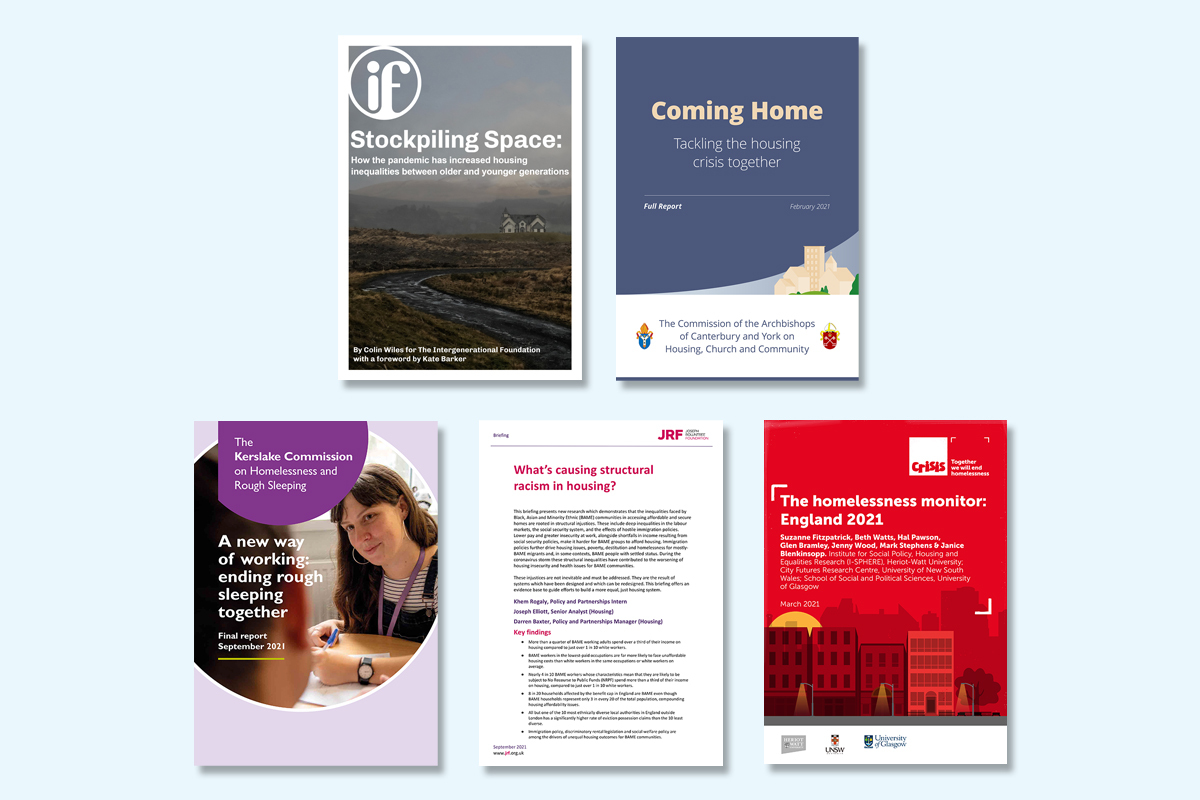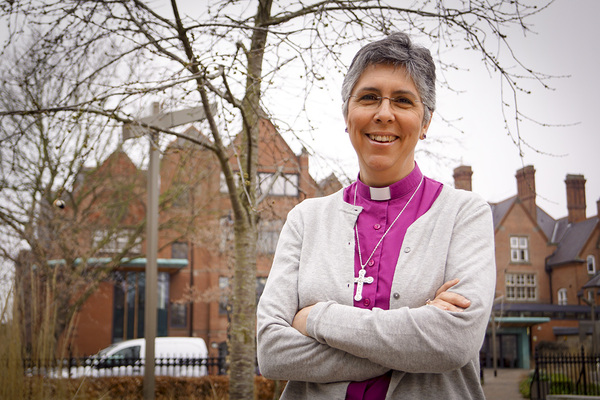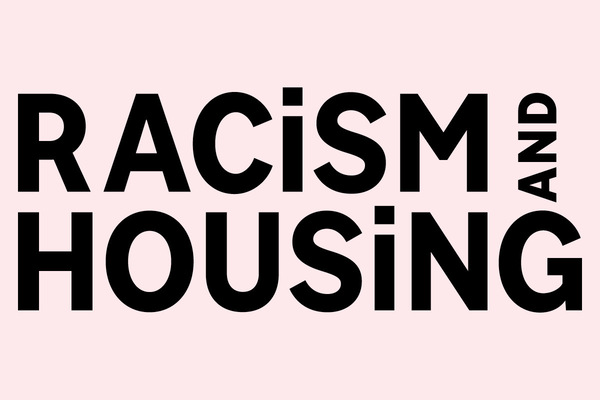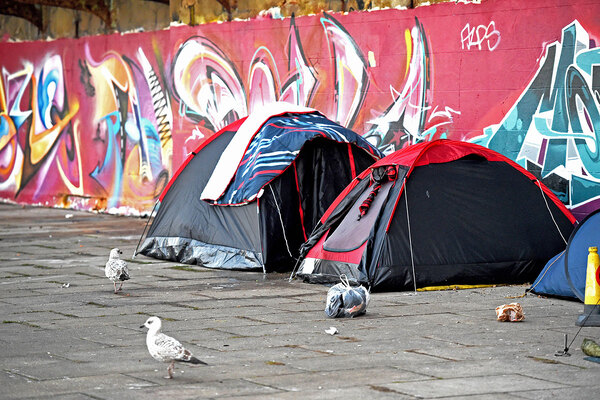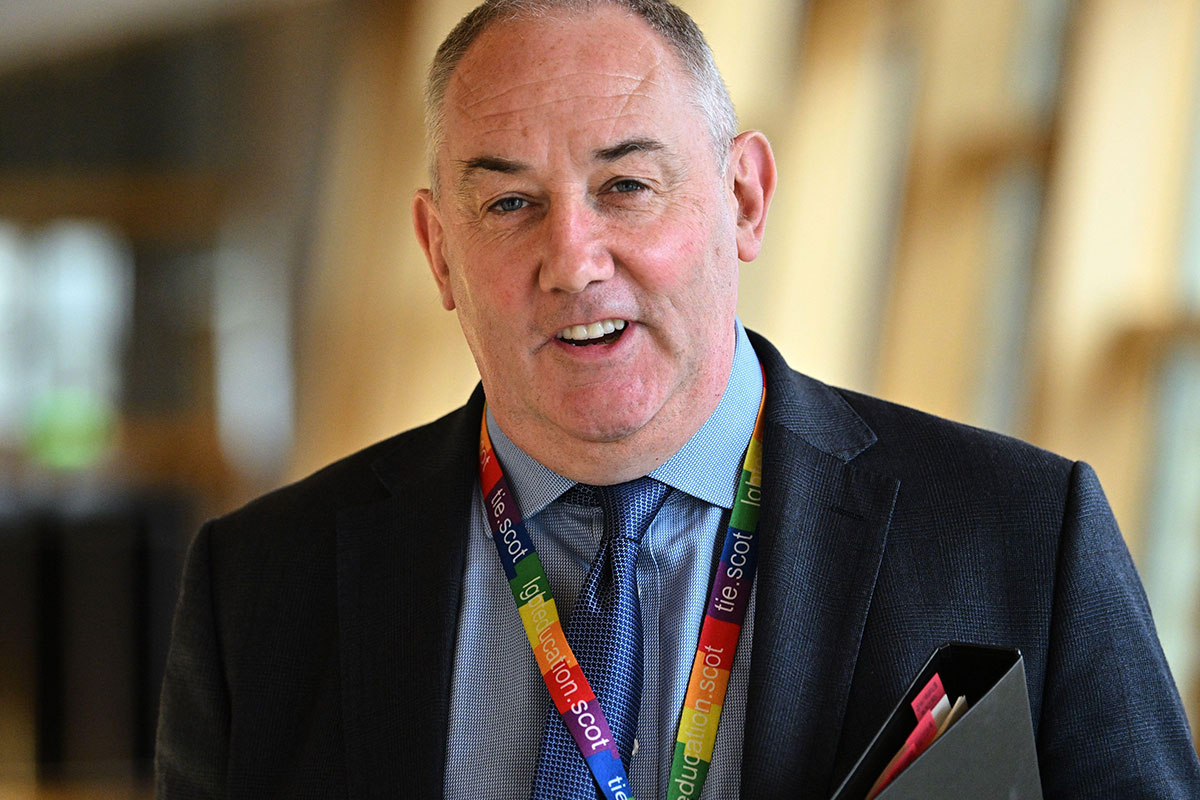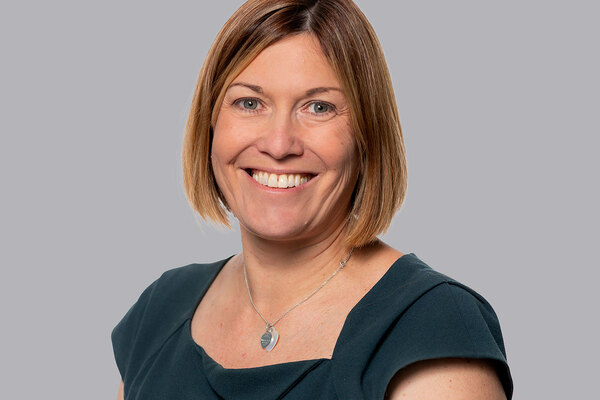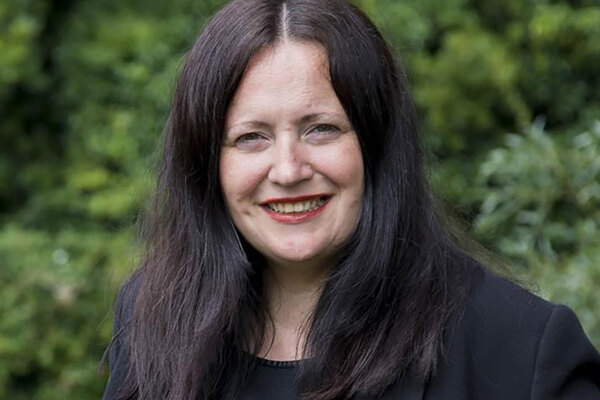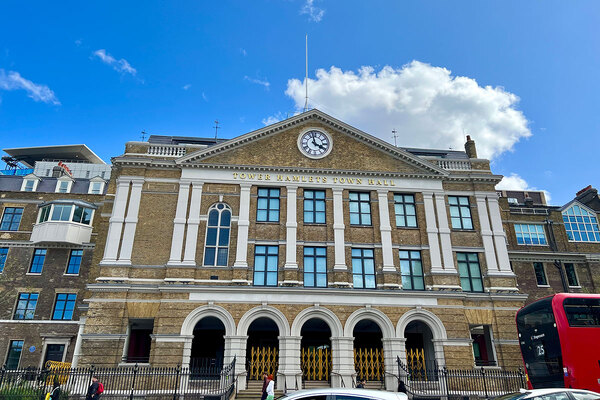You are viewing 1 of your 1 free articles
The Thinkhouse Review of 2021’s best housing research
Here’s the must-read top five most important and influential reports and research of 2021 as selected by the Thinkhouse editorial panel, led by Richard Hyde
As we hopefully begin to move from pandemic to post-pandemic, the long-standing issues that have been the focus of the housing sector, such as shortage of supply, homelessness and other inequalities, once again dominated the reports we have seen. That is not to say, as you will read, that the impact of the pandemic has been ignored.
This year, nearly 130 reports were uploaded and categorised in our web library and each one was assessed by our editorial panel. The panel considers the quality of the research, innovation or the breadth of analysis and whether the recommendations can be translated easily into policy or influence decision-makers. The panel is made up of 20 members, drawn from a cross-section of the housing world, spanning academia and research to the not-for-profit and business sectors.
The panel’s assessment translates into a score which we use to rank and then showcase the top reports in the “must read” section on the yearly pages. This year we selected 12 reports.
Here is our top five, in reverse order and why we selected them. If you want a quick fix of the latest and most-influential thinking, these are the ones you should look at.
In fifth place is a report written by Colin Wiles, with a foreword by Kate Barker, published by the Intergenerational Foundation: Stockpiling Space: How the pandemic has increased housing inequalities between older and younger generations. This report’s data period is the last decade up to and including the COVID-19 pandemic. It investigates the growing inequalities in housing assets and housing space between renters and owners, rich and poor, and most significantly, between older and younger generations. It concludes that England now has two housing nations.
Our panel was impressed with the evaluation of the implications of older under-occupiers and the range of practical solutions to help solve the resulting intergenerational and inequality issues.
In fourth place is one of my personal favourites: Coming Home: Tackling the housing crisis together by the Commission of the Archbishops of Canterbury and York on Housing, Church and Community. This was reviewed by editorial panel member Kerri Farnsworth for our April 2021 Inside Housing blog. She said the report is surprisingly frank in its views. It calls the current system of building control and building standards in the UK “deeply flawed”, with a “culture focused on price”, where “homes are generally built to the lowest standards and cost-cutting is rife”.
It criticises the lack of progress on climate change and decarbonisation in the past five years, citing the lack of coordination in the current government and lack of strong enforced standards (eg Energy Performance Certificate ratings for new homes, only 1% of which are zero carbon at present).
It berates the ongoing short-termism and policy mis-steps within the government. “Simply building more homes without regard to whether people can afford them will not solve the housing crisis” it asserts, and instead calls for a “coherent and sustainable 20-year cross-party strategy that responds to those in greatest need”.
It is also remarkably blunt in its conclusions: the current UK housing crisis is “neither accidental or inevitable”, driven at its heart by a “lack of truly affordable housing”.
In third and second places are two reports that were published in September 2021 and reviewed in our October blog for Inside Housing by editorial panel member Emily Pumford.
In third place is The Kerslake Commission on Homelessness and Rough Sleeping’s final report A new way of working: ending rough sleeping together. Ms Pumford wrote that this report, whilst focused on homelessness, also makes arguments for addressing unfairness and inequalities.
Young people, for example, frequently become homeless as a result of family relationship breakdown – with structural issues such as poverty and poor housing often playing a role. The report states that, along with women, young people are particularly likely to experience hidden homelessness and be less visible to services.
Another reason young people become homeless is family rejection as a result of coming out as LGBTQ+, with a LGBTQ+ youth significantly more likely to experience violence, sexual exploitation and health problems whilst homeless. The report states that more than half of LGBTQ+ young people have faced some sort of discrimination whilst accessing homelessness services.
In second place is What’s causing structural racism in housing? by the Joseph Rowntree Foundation. The report focuses on how Black, Asian and minority ethnic (BAME) people in the UK face inequalities that lead them to disproportionately lack access to suitable and affordable housing.
Findings from the report are stark. They show that: more than a quarter of BAME working adults spend over a third of their income on housing compared to just over one in 10 white workers; eight in 20 households affected by the benefit cap in England are BAME despite BAME households representing only three in 20 of the total population; and all but one of the 10 most ethnically diverse local authorities in England outside London has a significantly higher rate of eviction possession claims than the 10 least diverse.
But these findings are not a result of direct discrimination (although this can be an additional barrier), they are a result of a long history of structural discrimination based on labour market inequalities, the design of the social security system and the immigration system.
… in first place and the editorial panel’s most highly ranked report of 2021 is…
...another report focused on the economic, social and community costs of not increasing the amount and quality of the UK’s housing stock. The Homelessness Monitor 2021 by Crisis is part of a series of longitudinal studies providing an independent analysis of the homelessness impacts of recent economic and policy developments. It covers a year dominated by the pandemic and therefore provides a comprehensive analysis of the Homelessness Reduction Act and the Everyone In scheme. It concludes that this and other measures introduced in the pandemic had a positive impact in reducing homelessness.
It goes on to say that these benefits will not be maintained without building sufficient affordable housing to ensure that everyone who needs it has access to their own safe and stable place to call home.
It can be no surprise that the Thinkhouse panel selected this report as their top one of 2021. It clearly lays out why we need to build more and better social housing. This report goes to the heart of what Thinkhouse was set up for. We now have 700 reports on the site. For any policymaker, housing executive, researcher, academic or non-executive director interested in having a positive impact on resolving the shortage of affordable housing we hope this article has been a useful pointer to the solutions that can be found in reports we curate.
----------------------------------------------------------------------------------------
Note: for the purpose of this article we include all reports published in the 12 months to the end of November.
